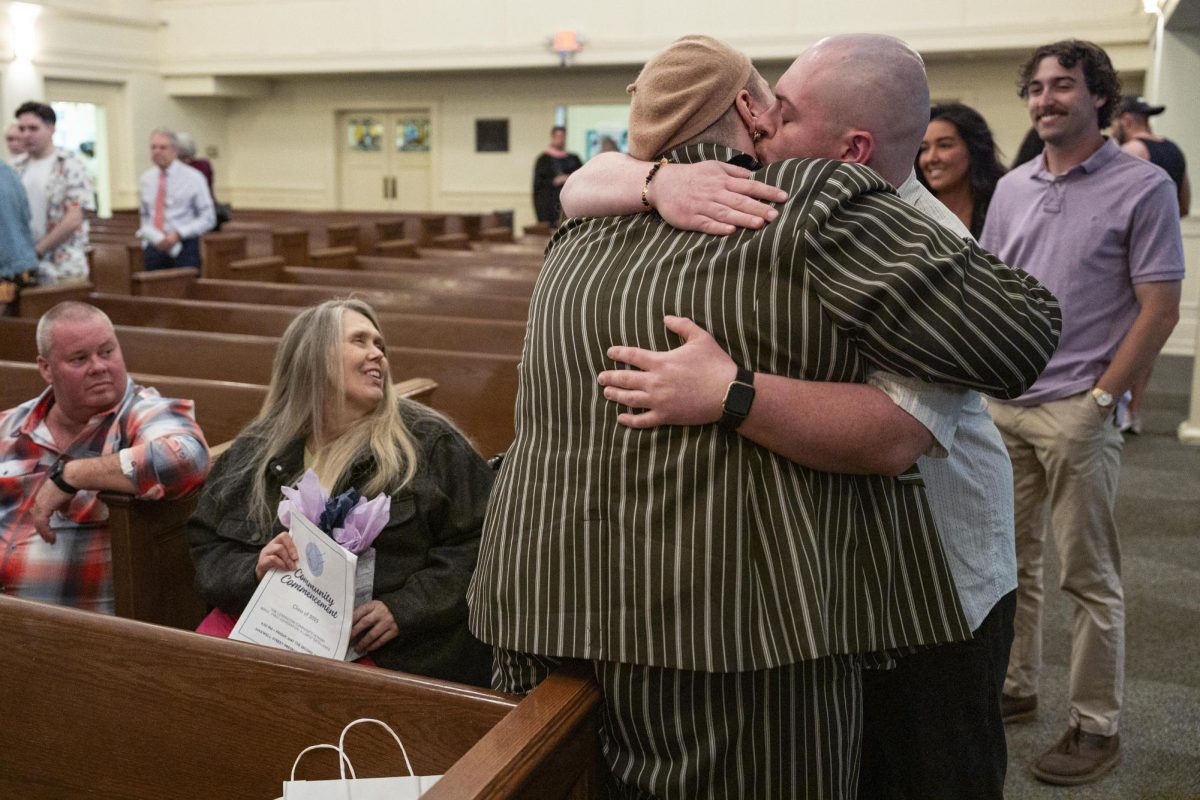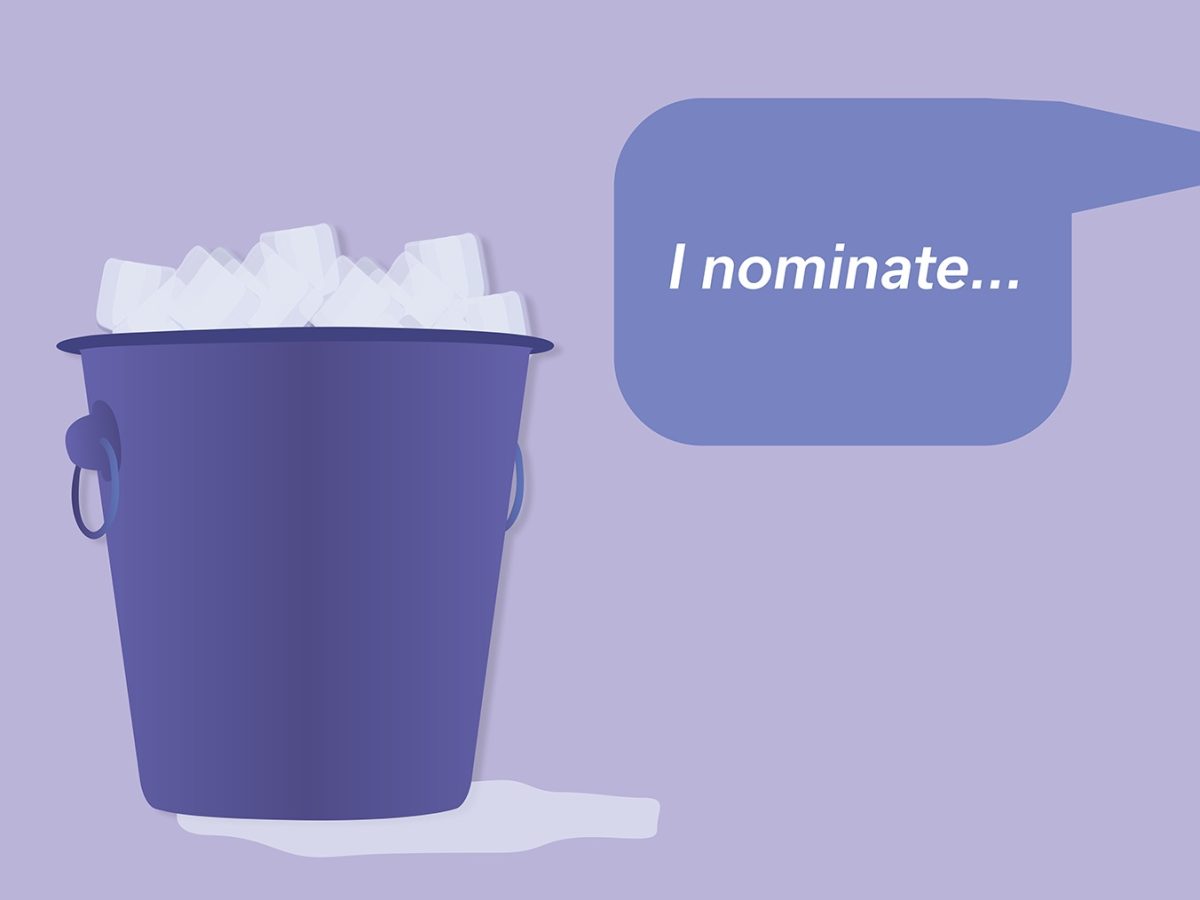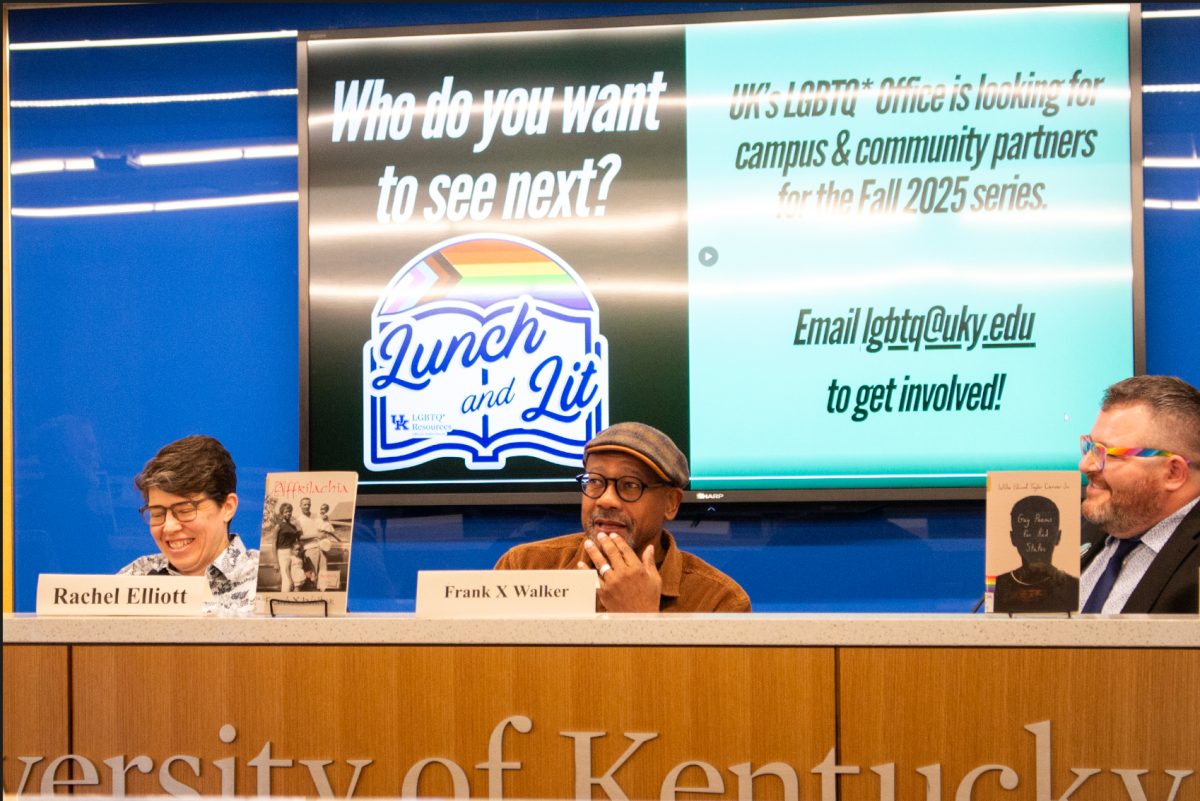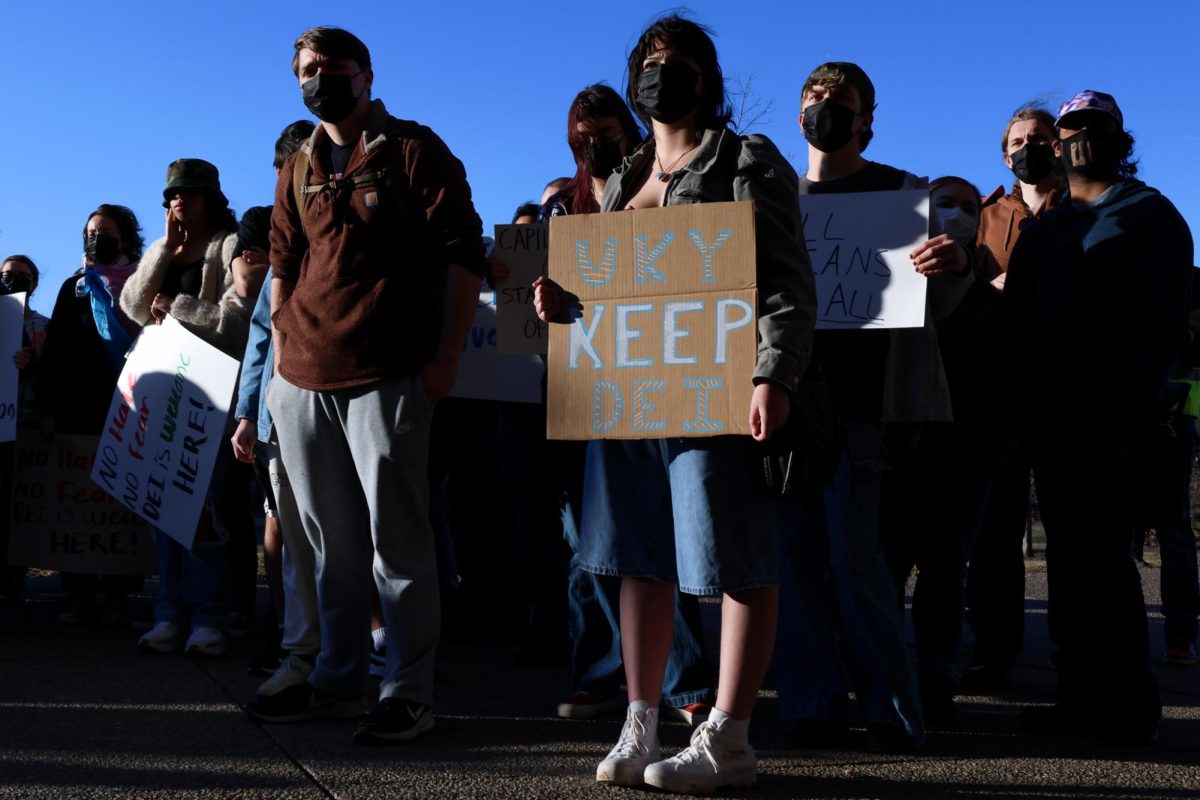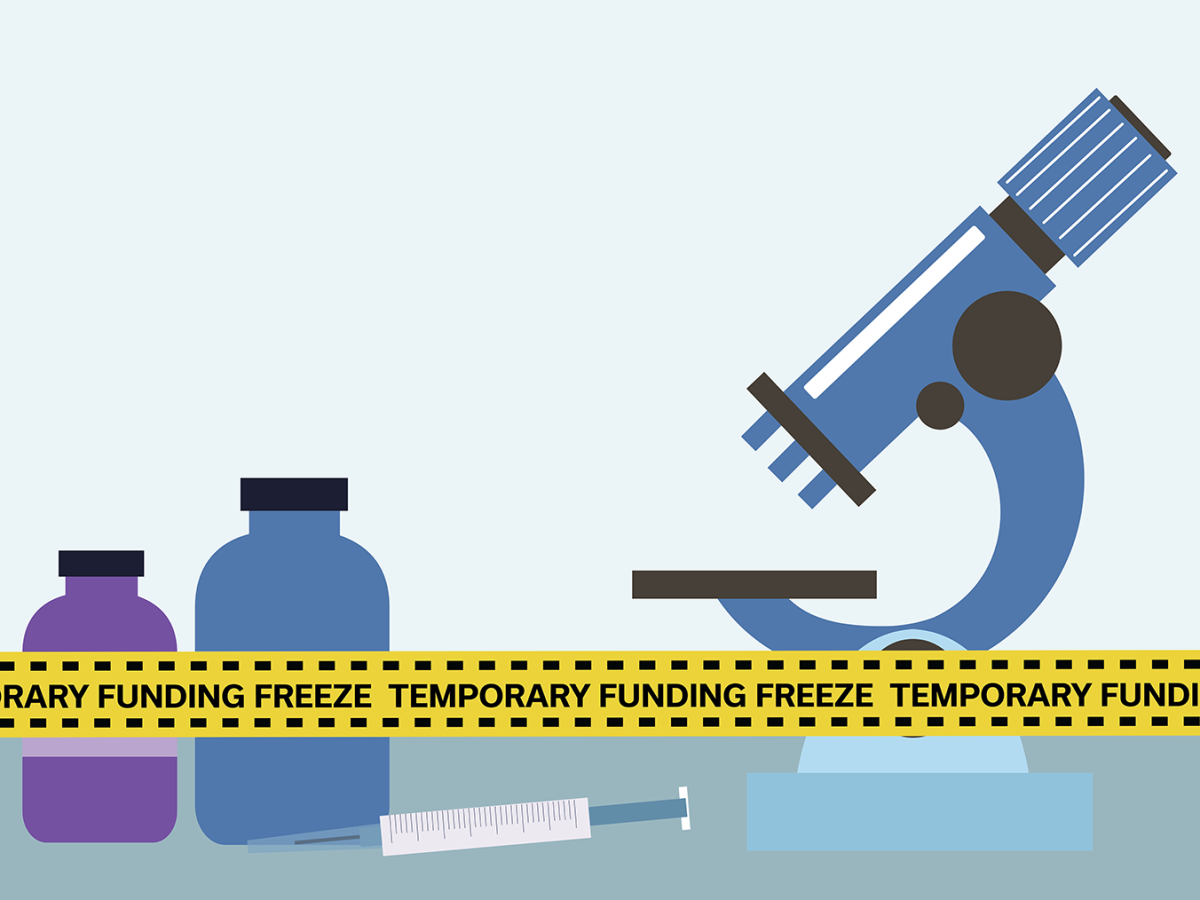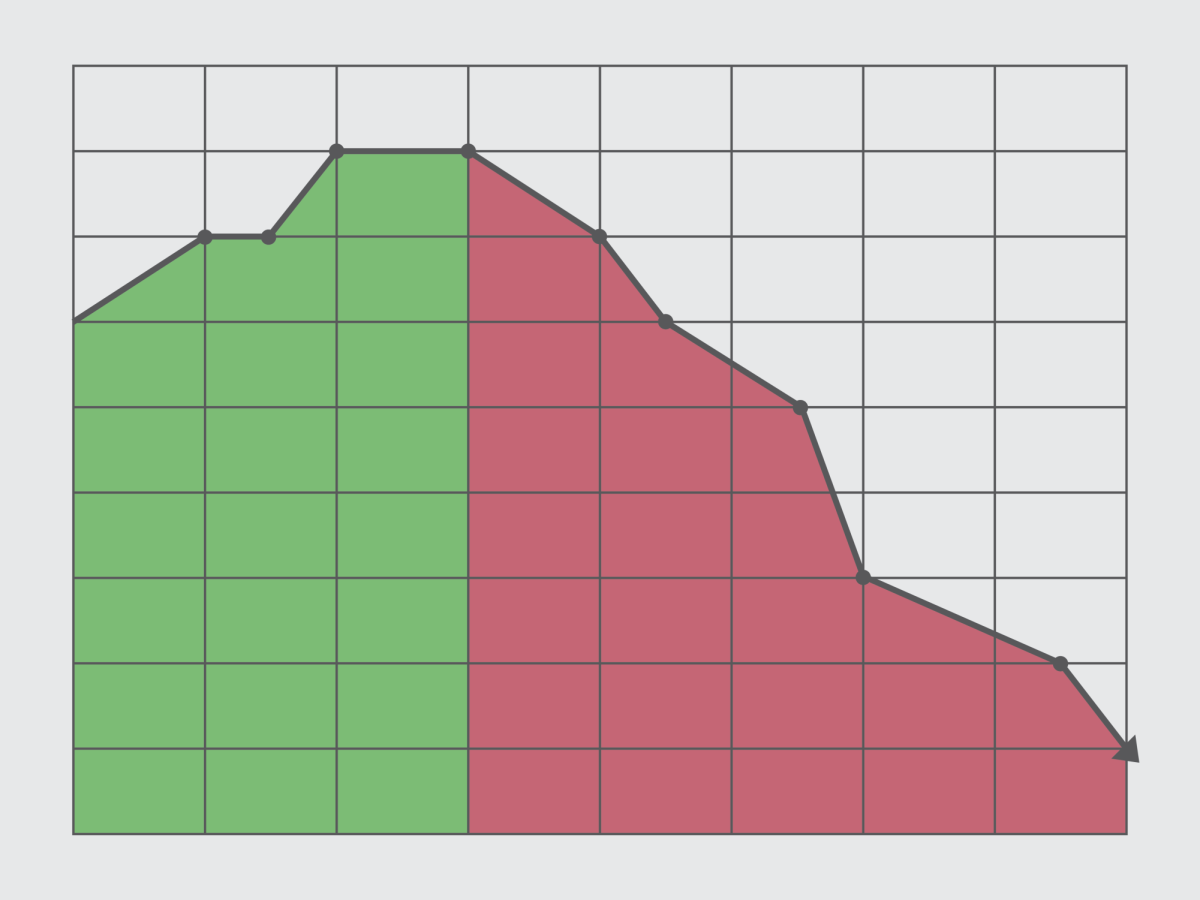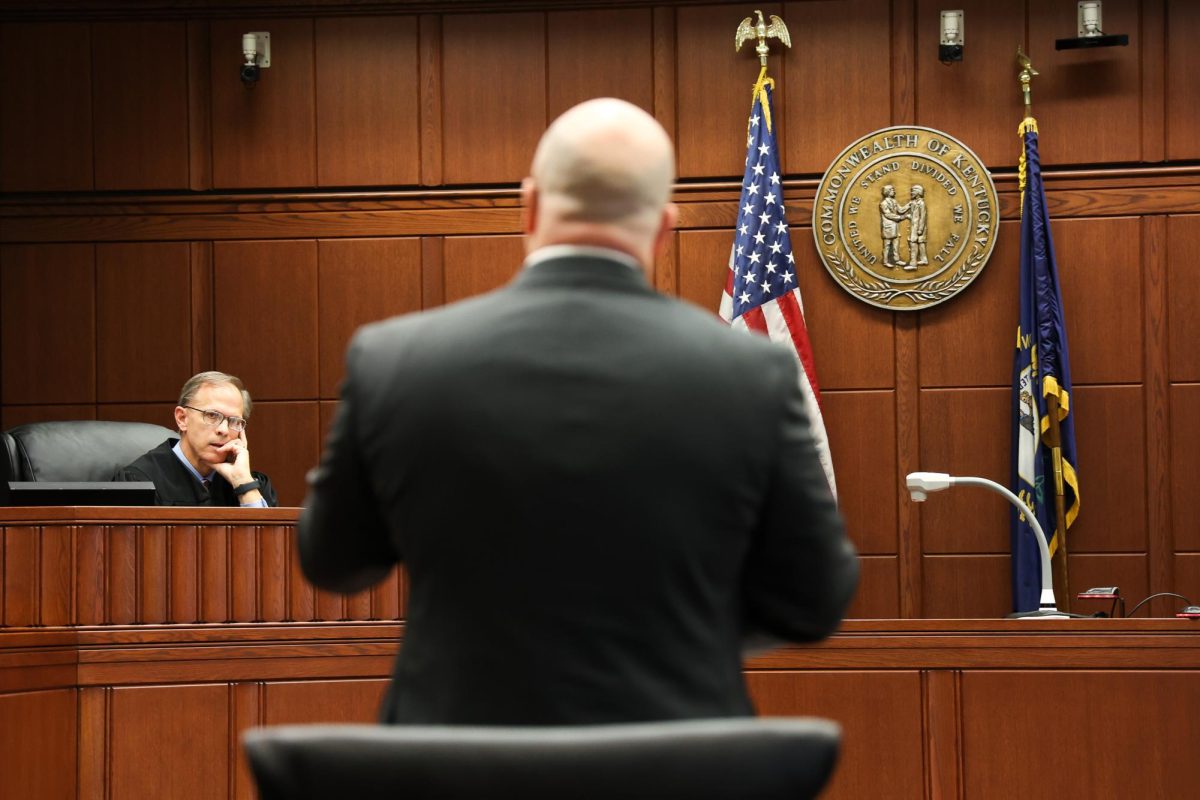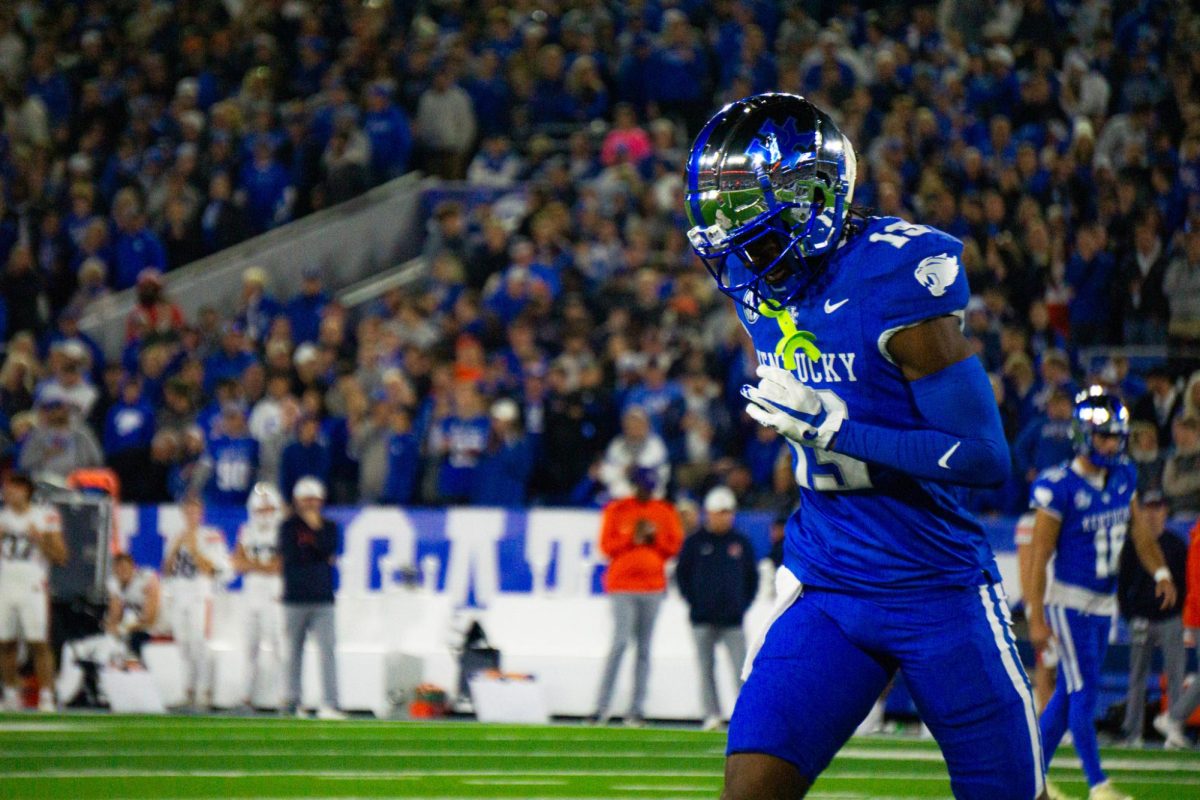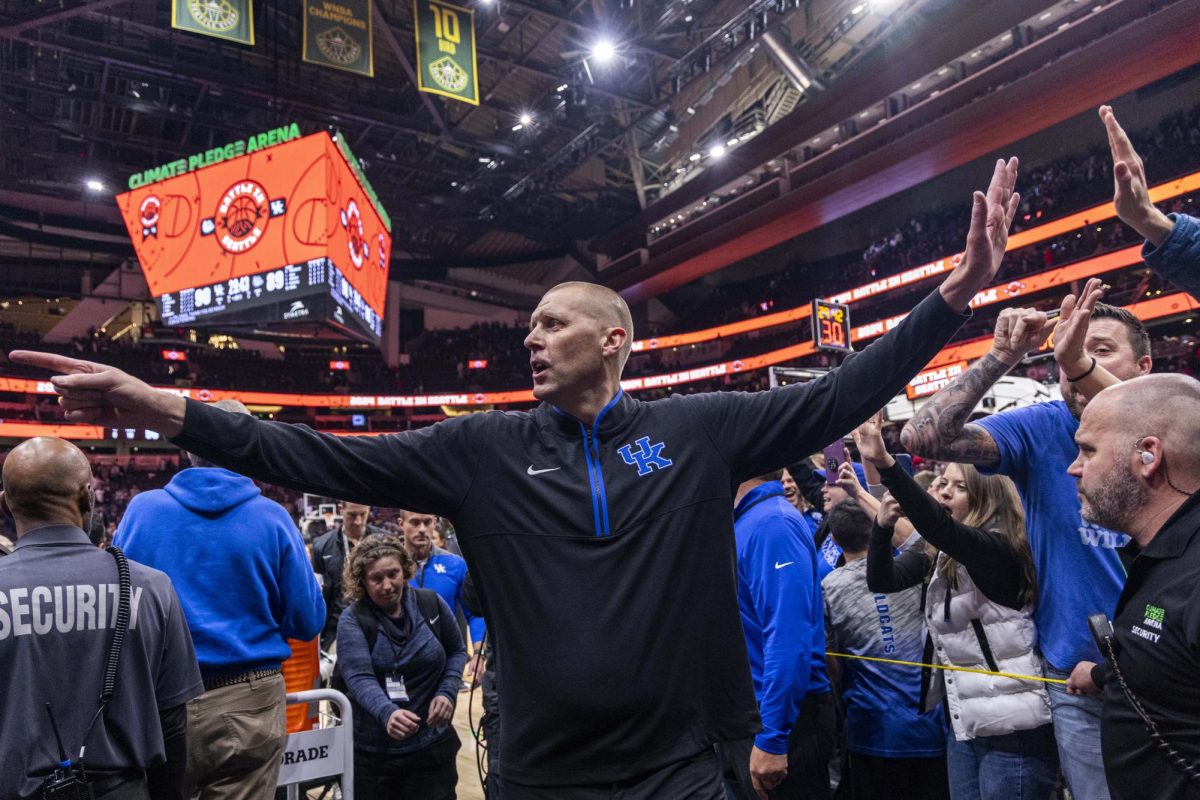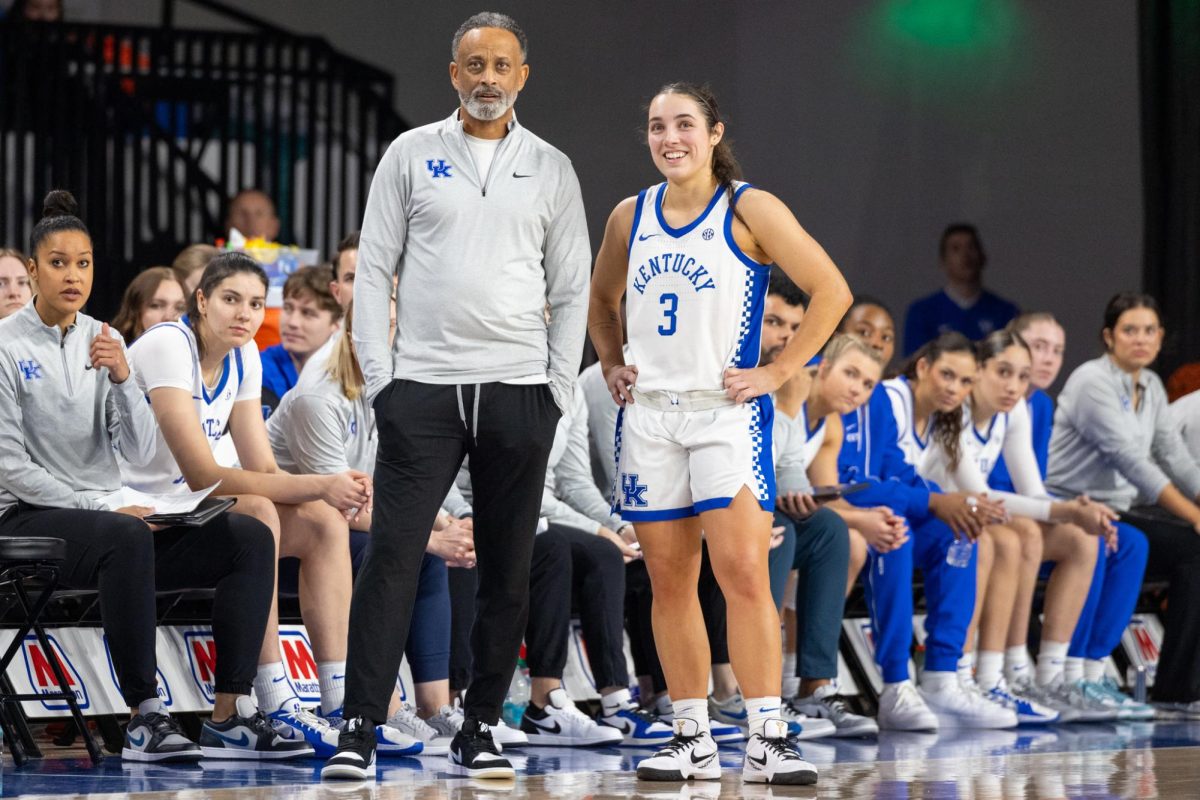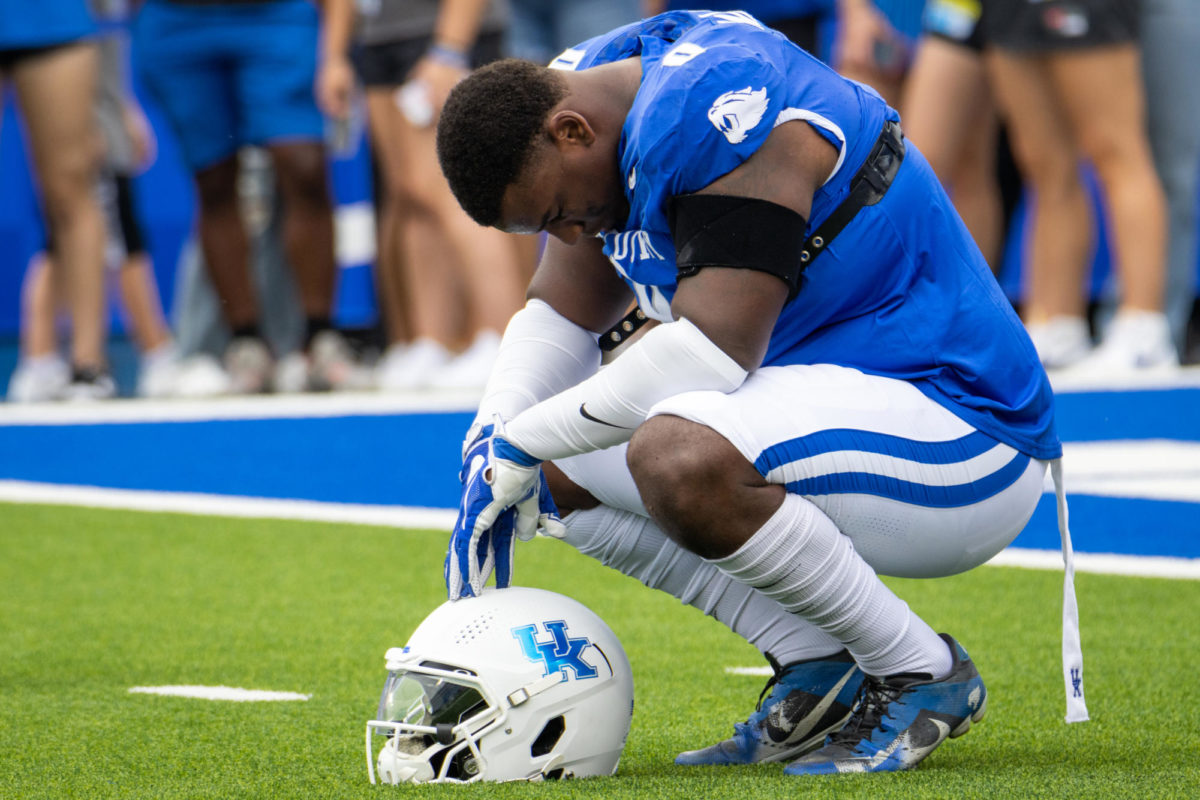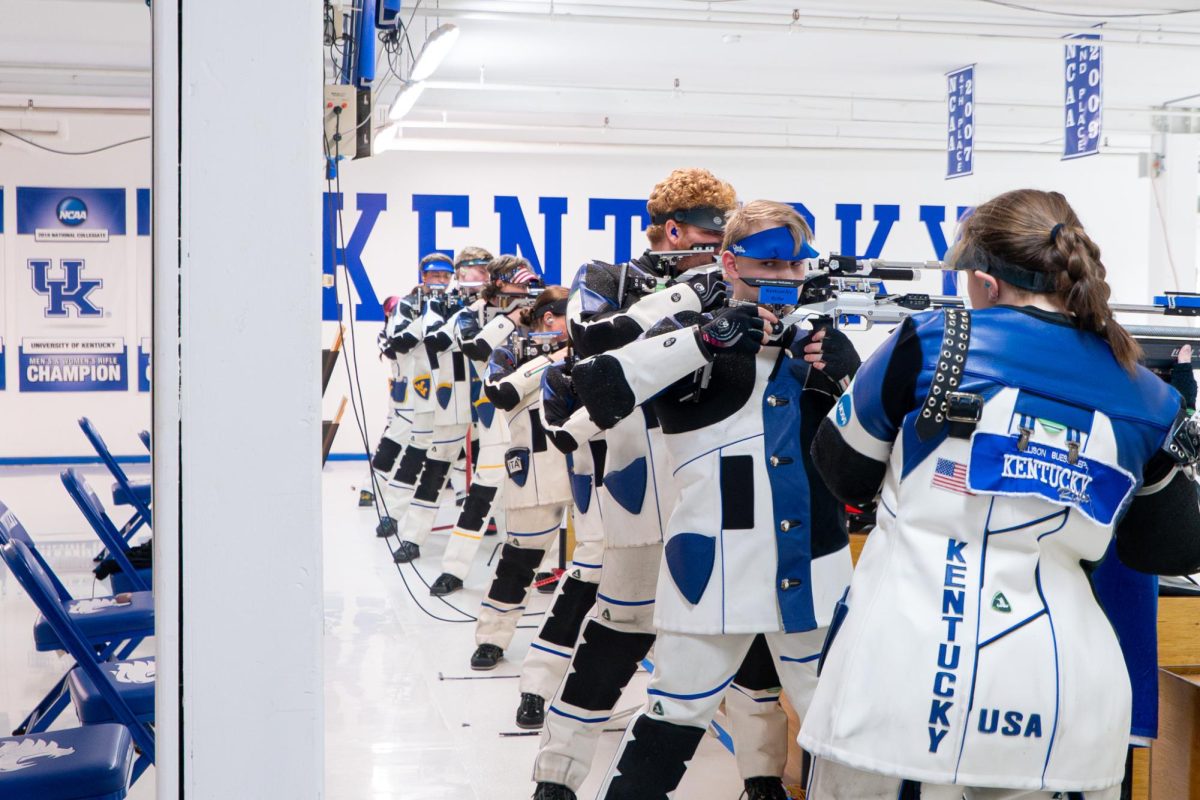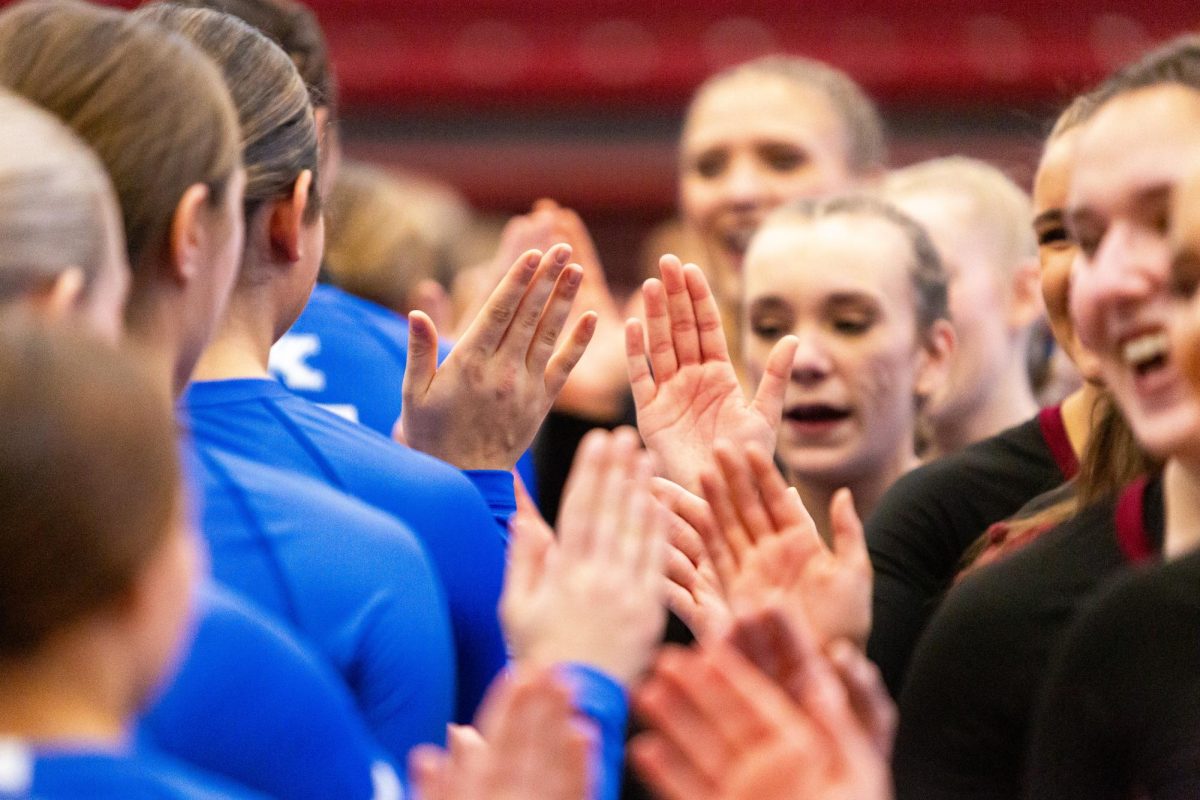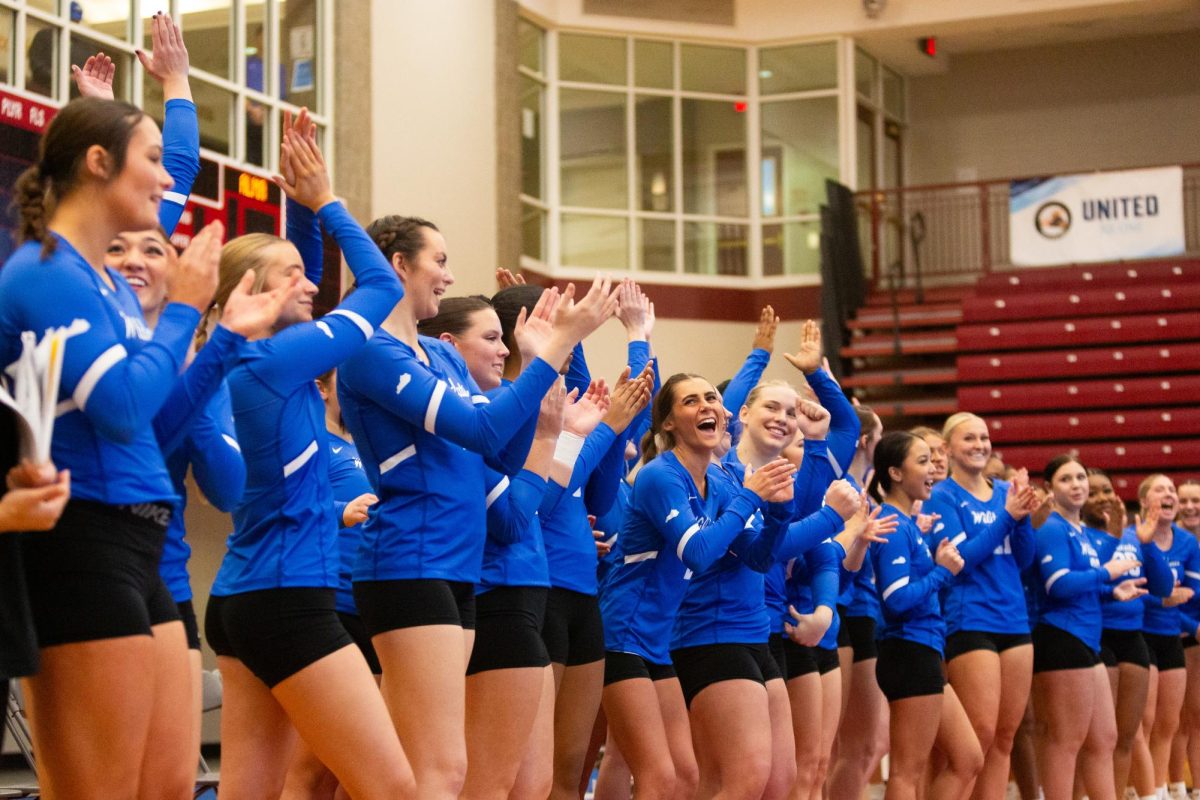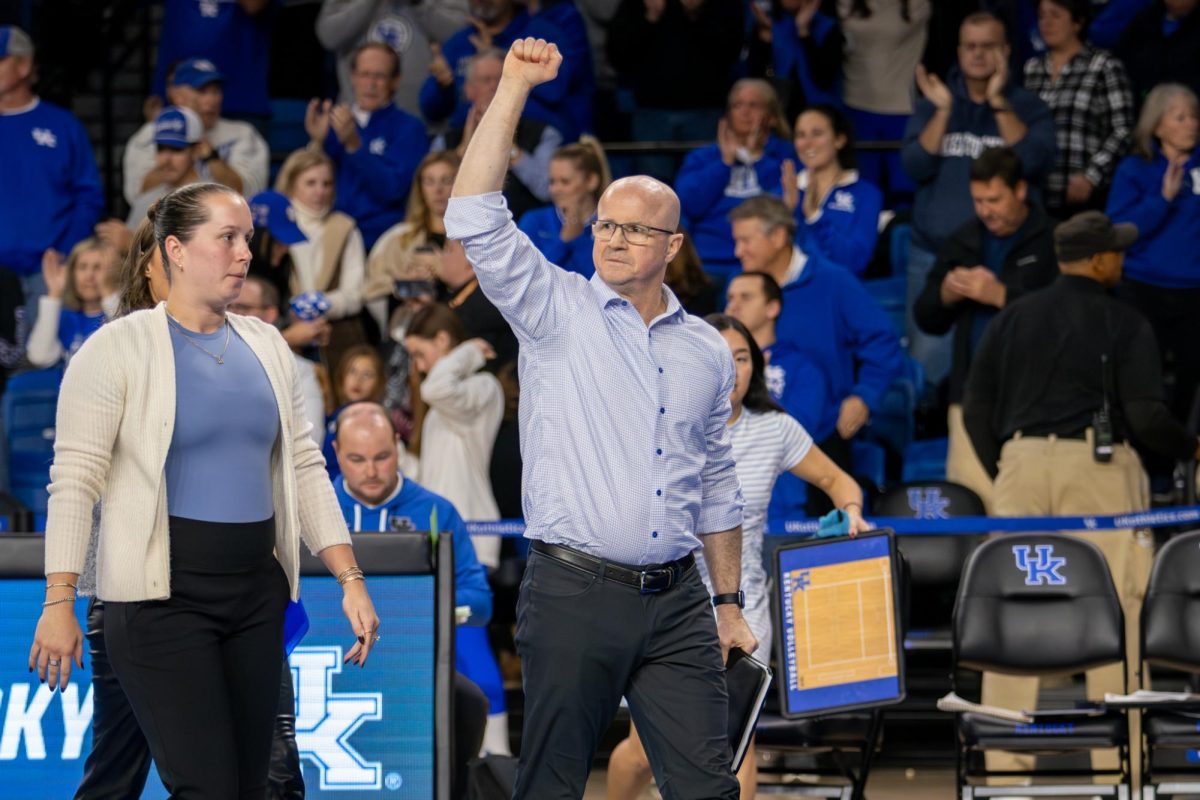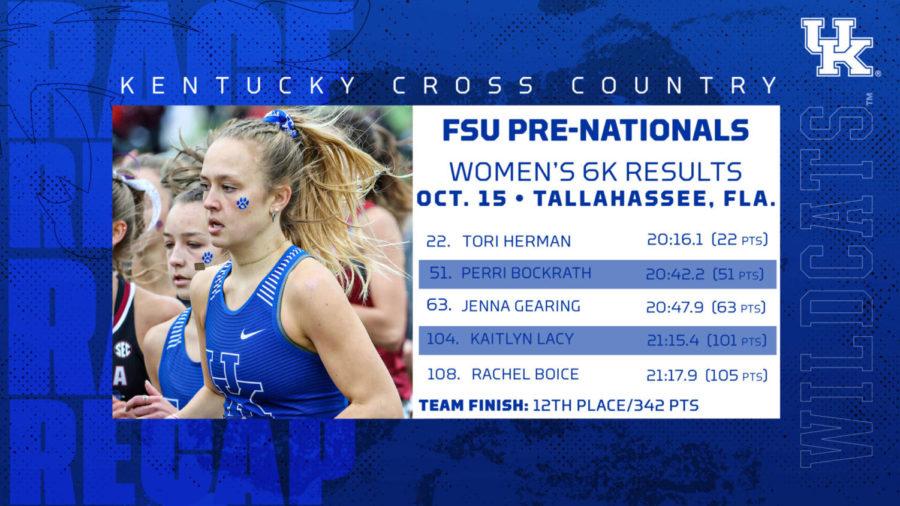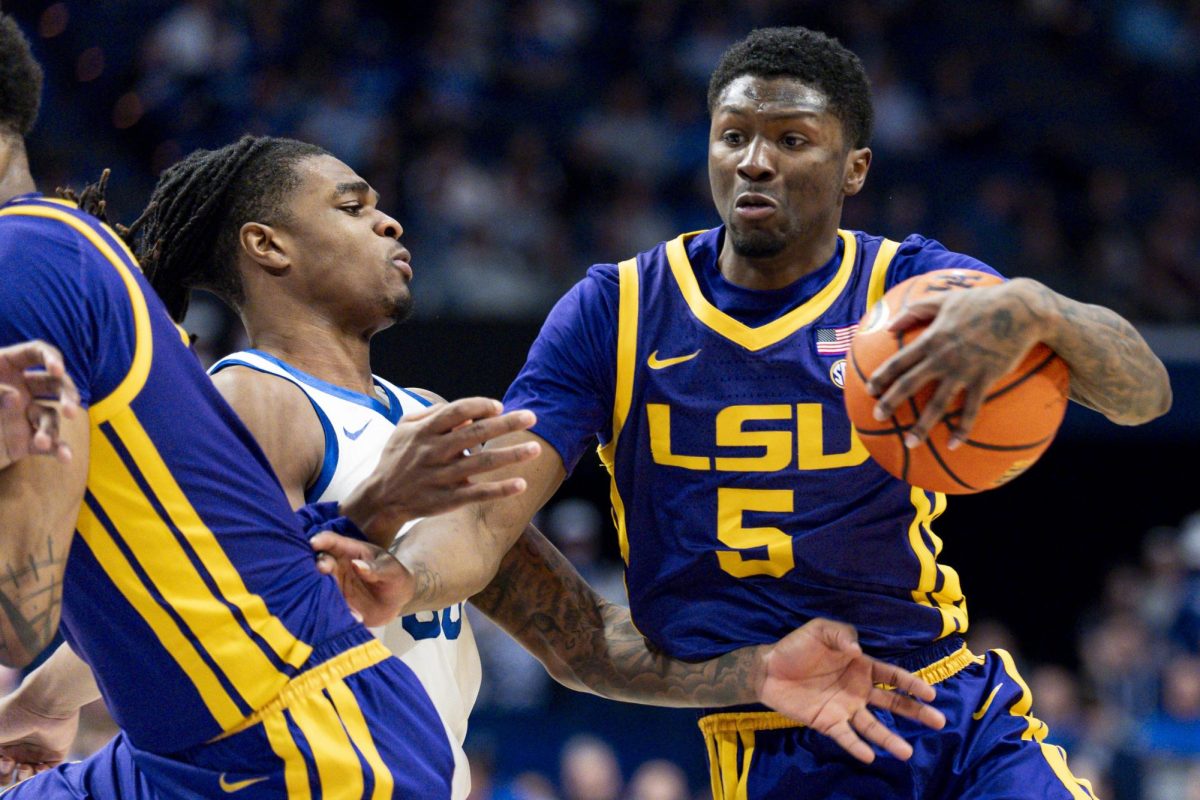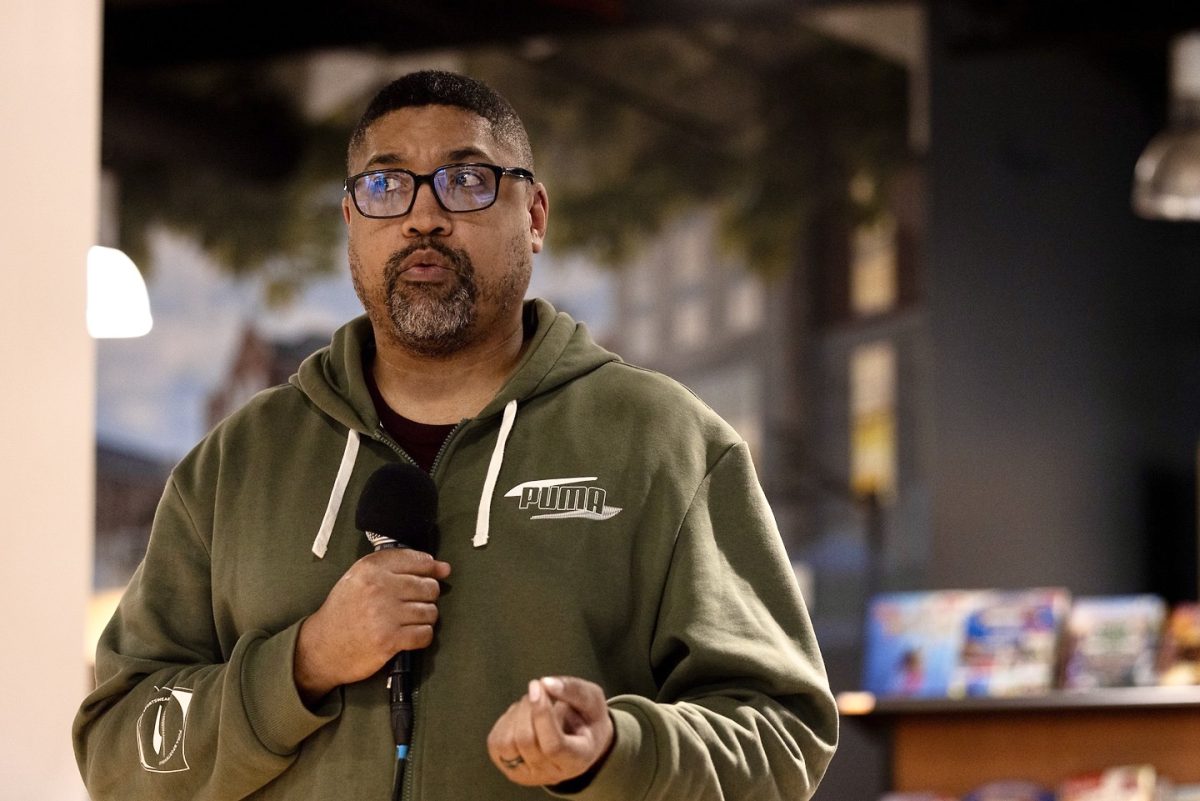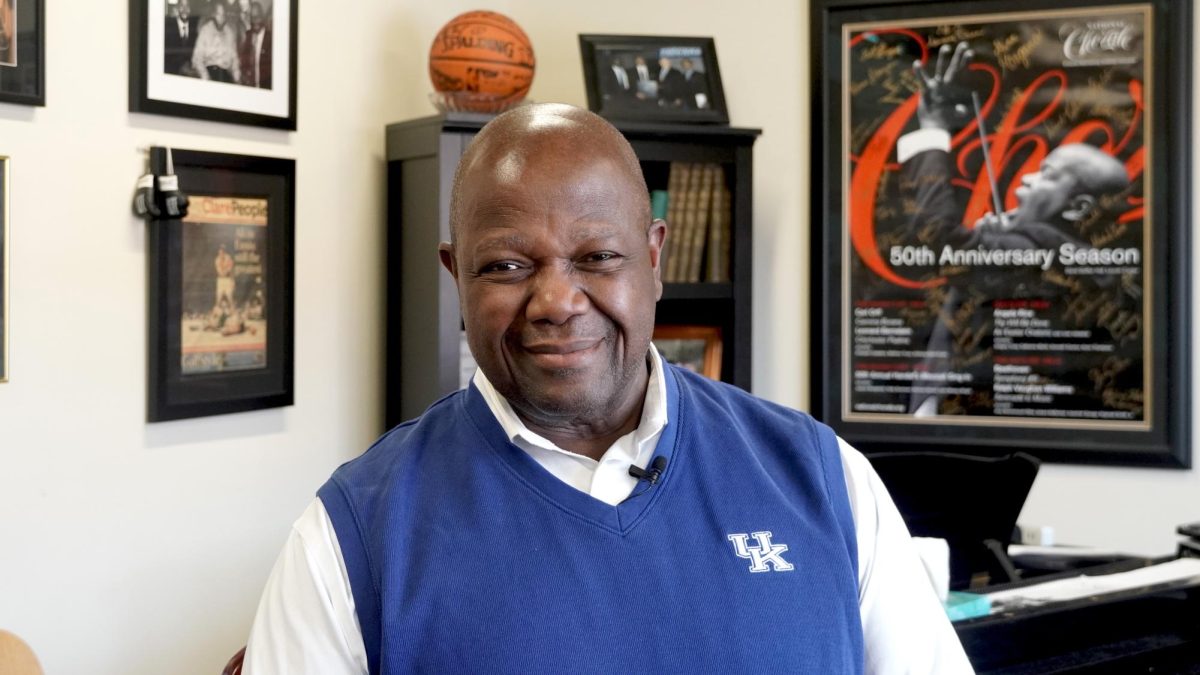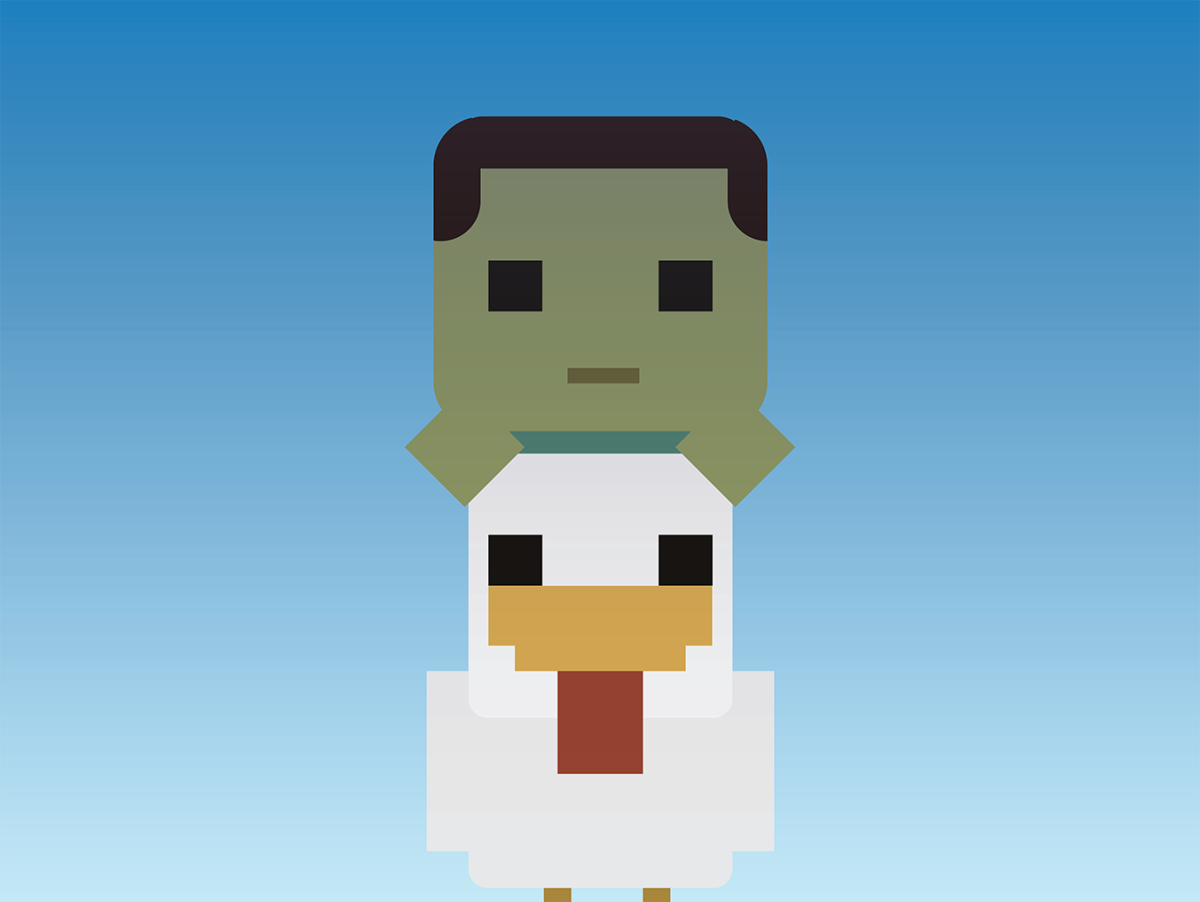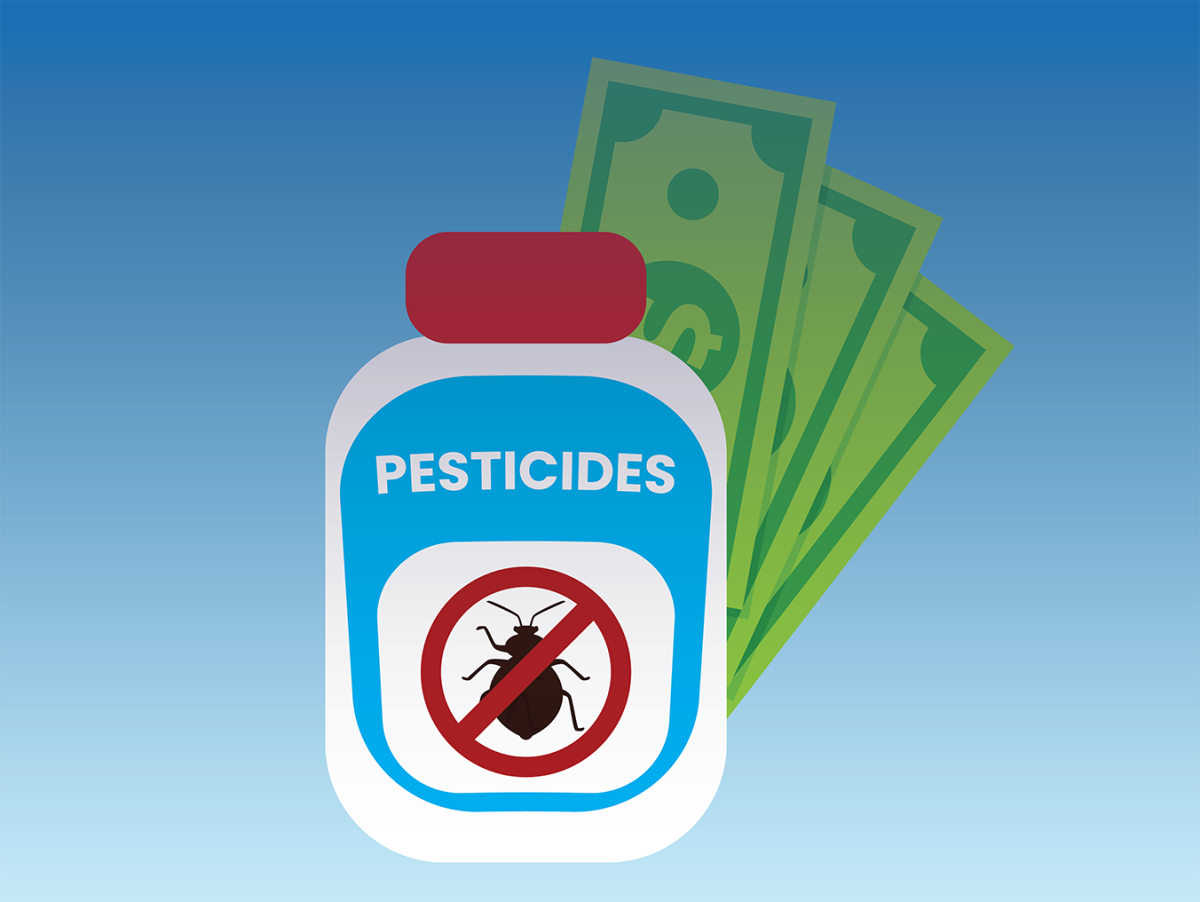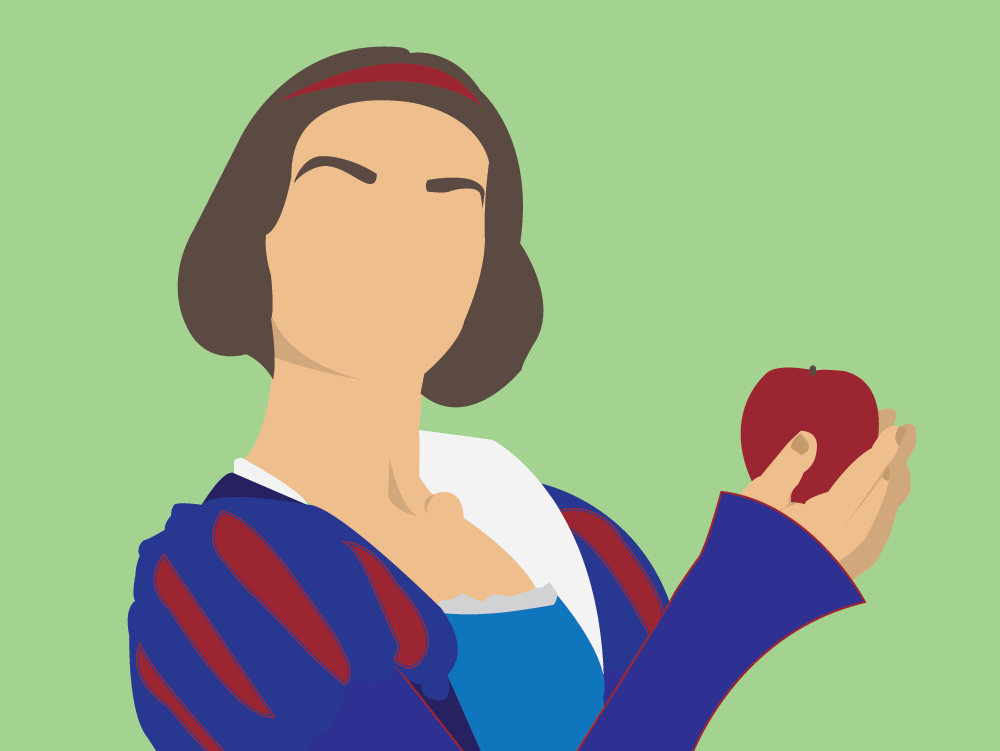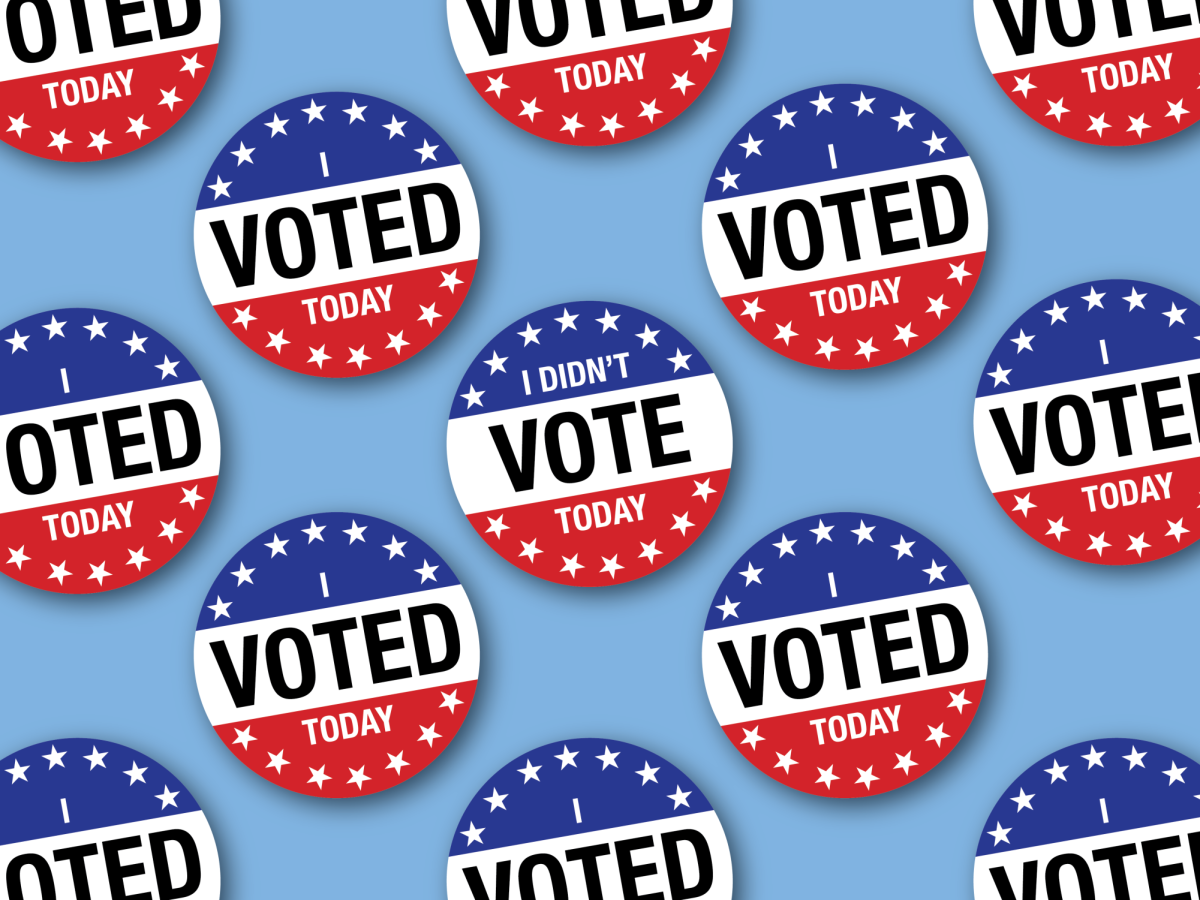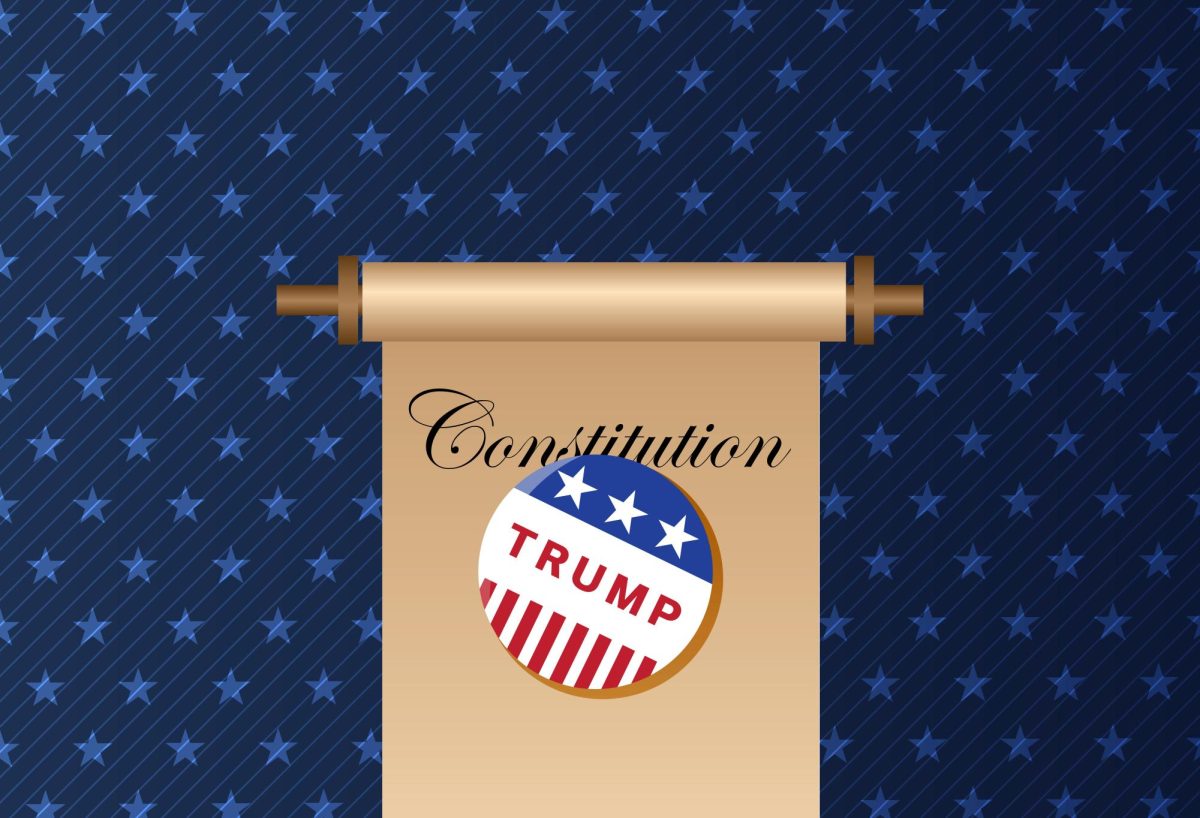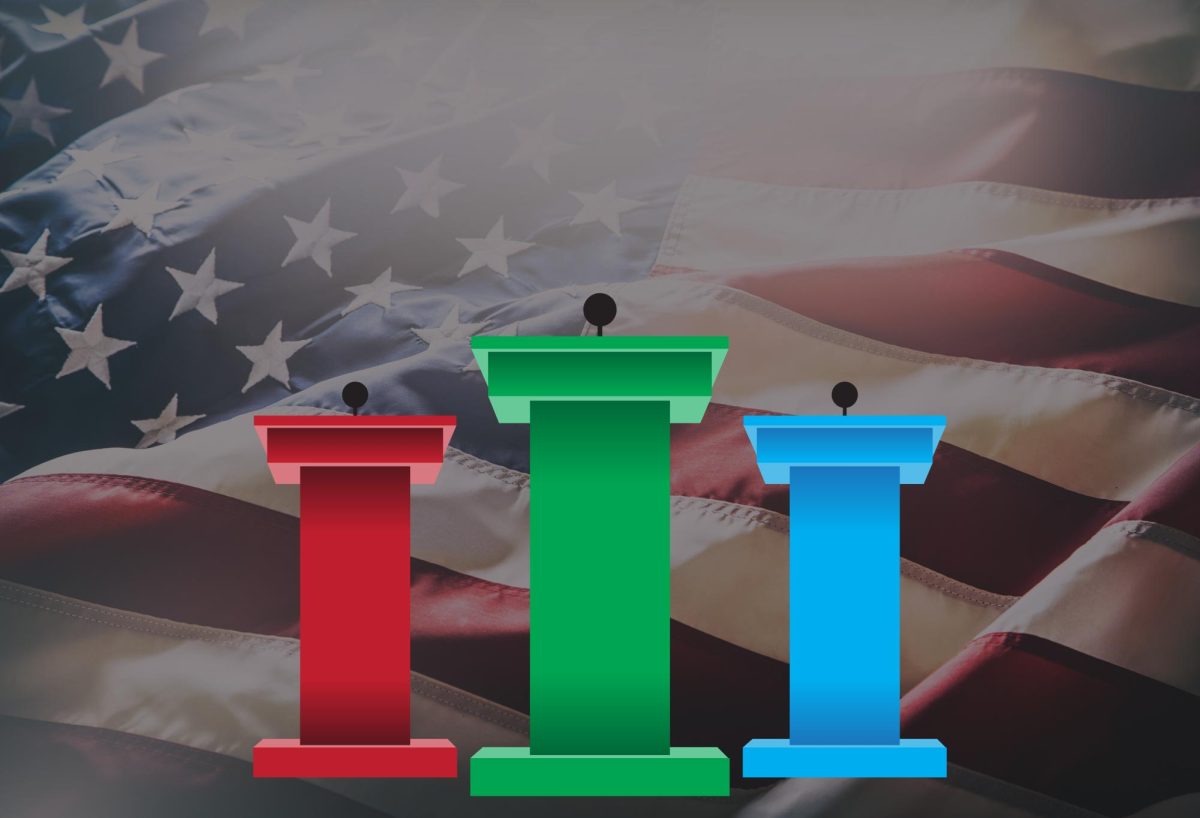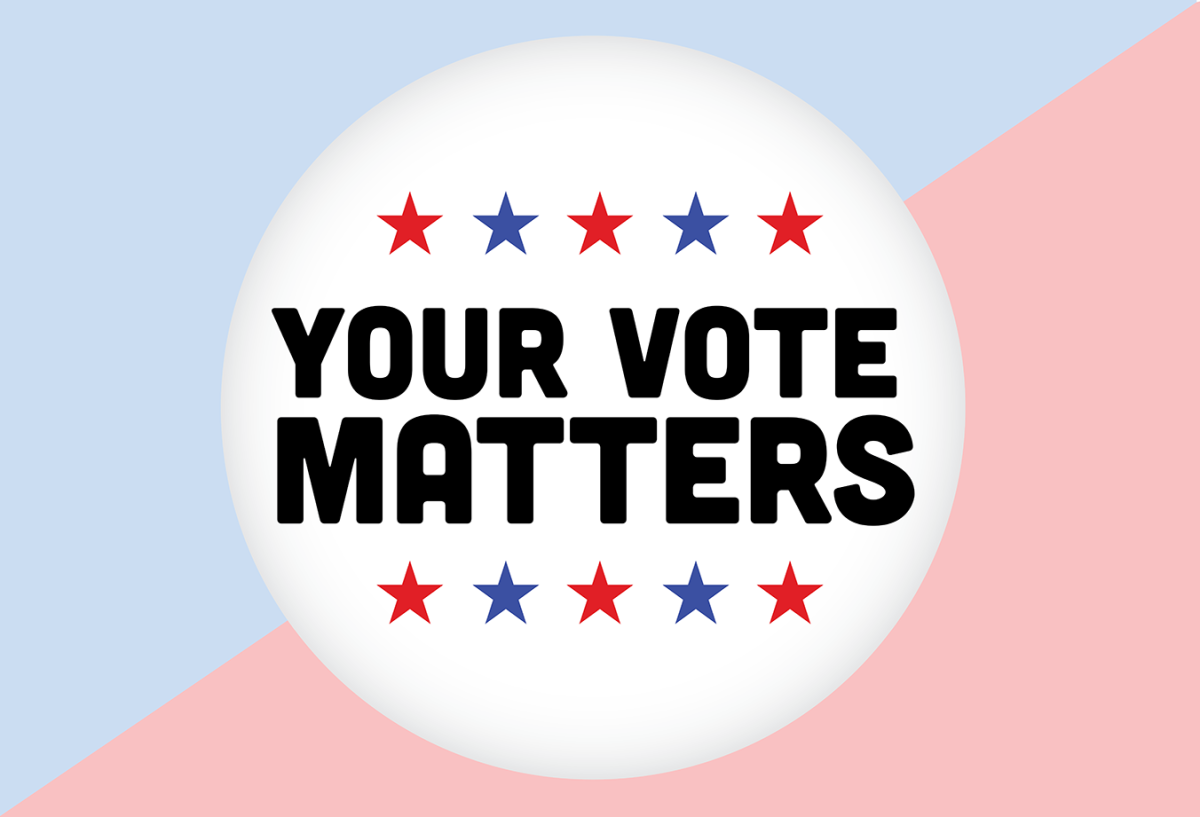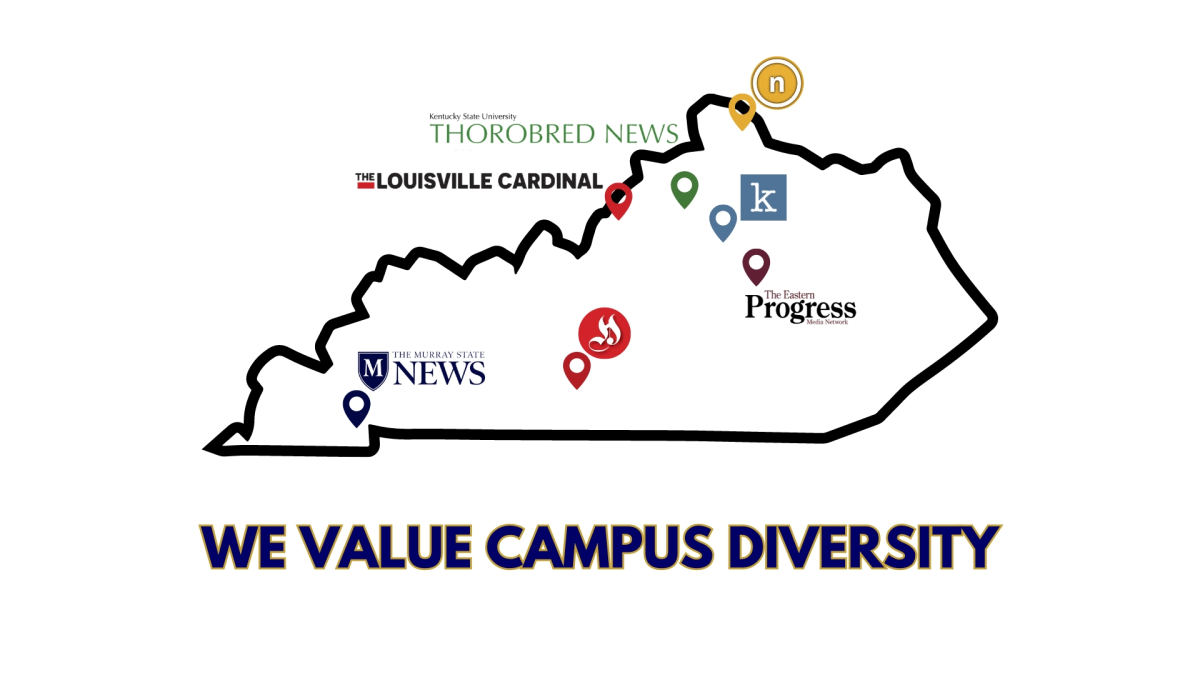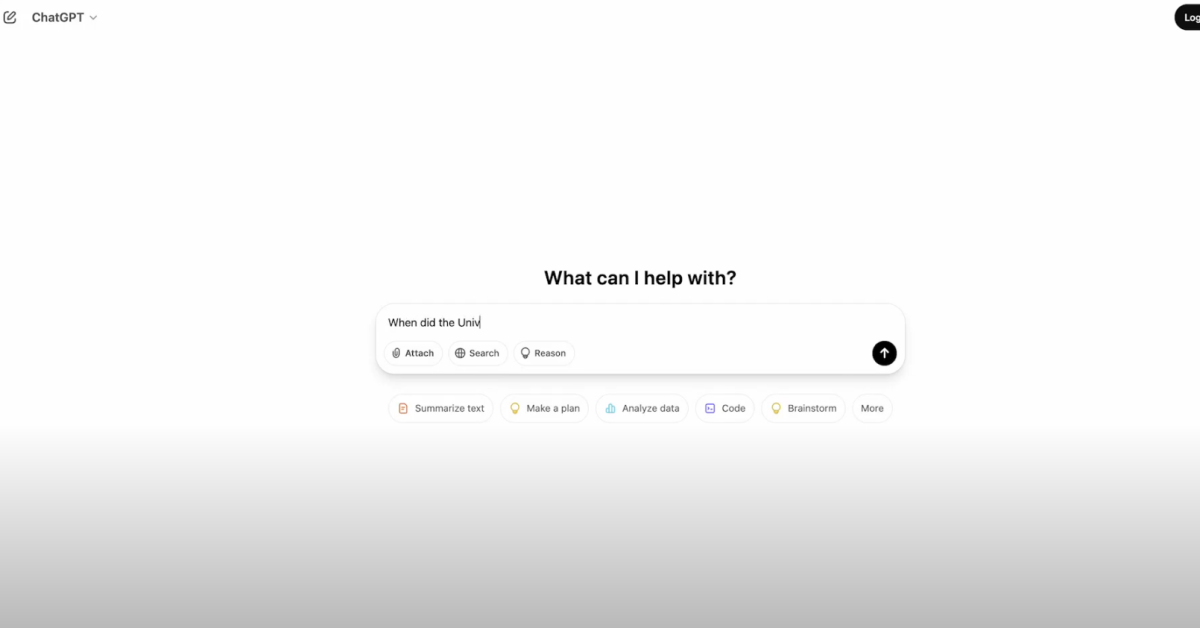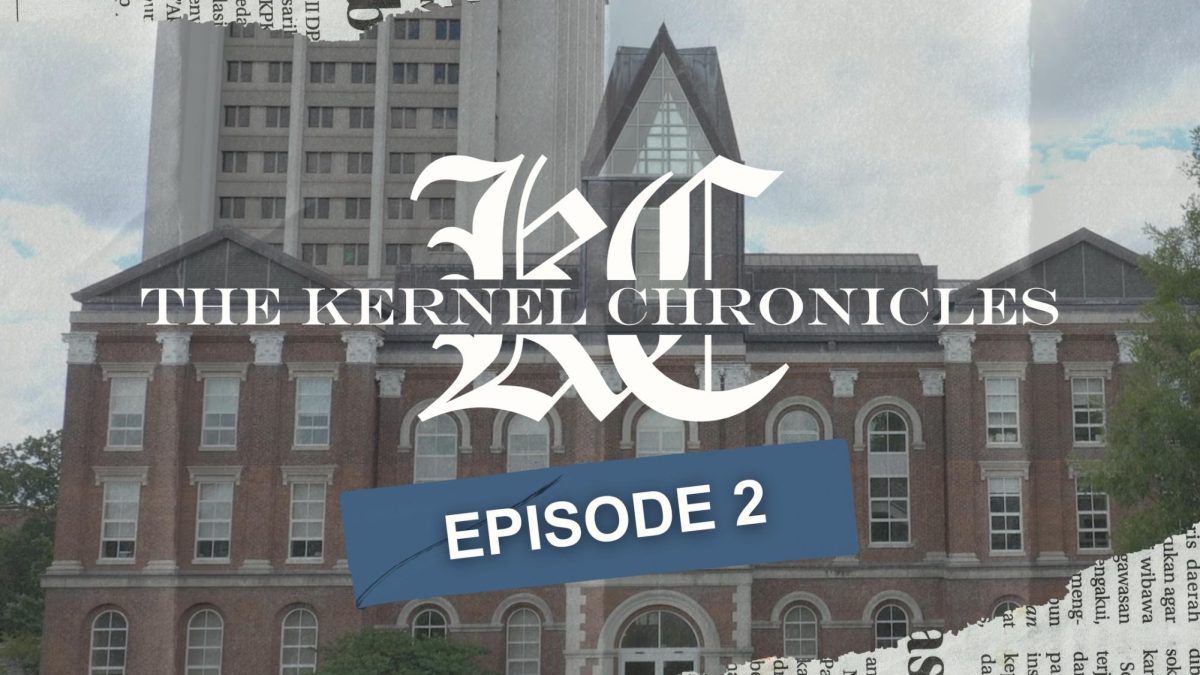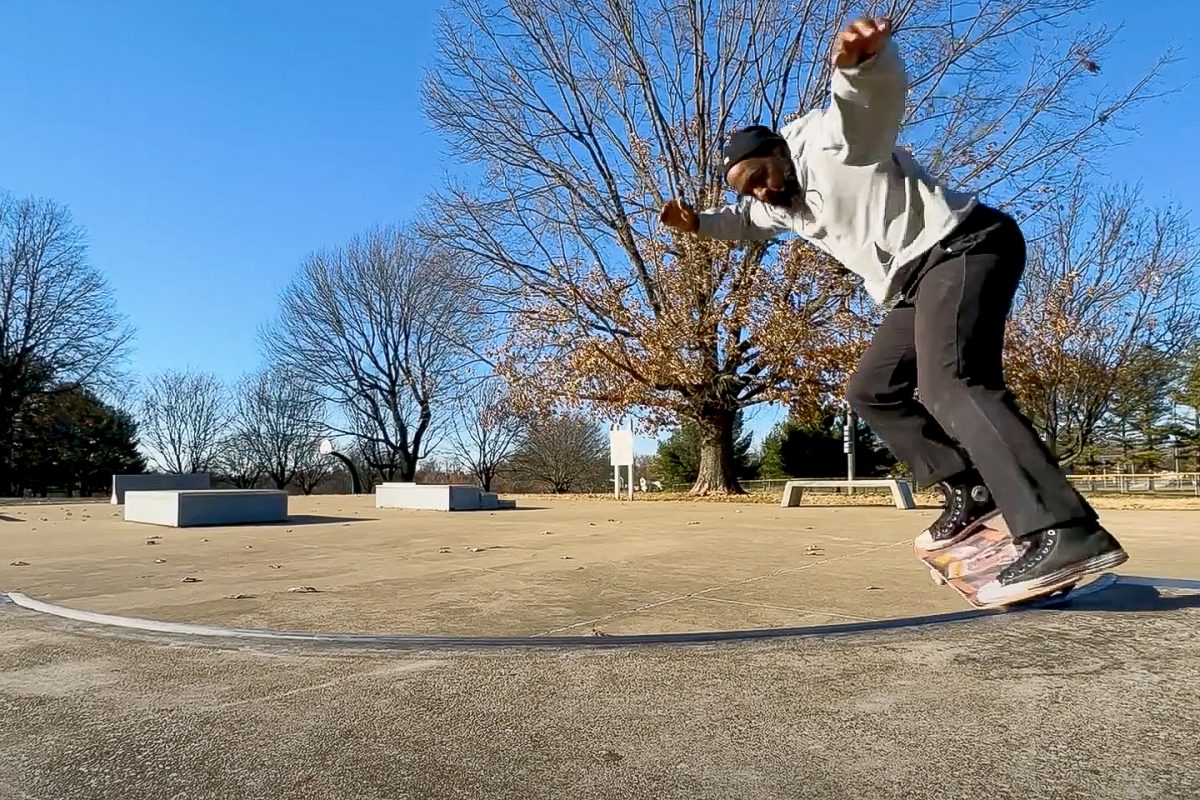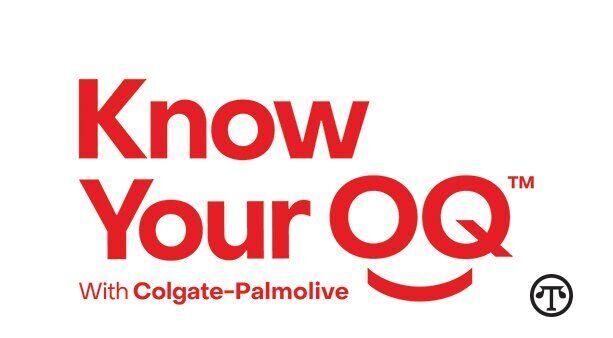Twitter could be the new, re-vamped Facebook

February 10, 2009
I’m addicted to Twitter.
I say this knowing full well that it’s likely you’ve never heard of Twitter. Or even if you have, you don’t have a clue as to what it is.
And that’s okay, because if I’m completely honest with myself, I’m not sure what Twitter is either.
The gist of it is that Twitter is what some tech heads these days are calling a “micro-blogging†tool. It allows everyone who signs up for a free account to publish posts that are just 140 characters long.
The makers of Twitter advertise their program as a tool to let you connect with friends by answering one simple question: “What are you doing?â€
In reality, Twitter is much more than that. It’s not just a tool used to update people on what’s going on in your life – we’ll leave that to the endless abuse that Facebook’s status feature gets. Twitter is a platform for initiating conversation, spreading ideas and connecting people with each other in ways they would never have been before.
Consider my experience with Twitter. I signed up for the service a little more than a year ago, mostly as an experiment just to see what it was. I honestly had no idea if I’d ever use it.
Almost immediately though, Twitter became one of the most useful tools I’ve ever had. After connecting with a few friends in my classes who were also using Twitter, we created the most convenient way to connect with each other when we needed to.
Forgot what my assignment was for next class? Asking the question on Twitter would get a quick response from at least one friend. When we had a group project to do later that semester, Twitter became the natural way to keep everyone informed about what was going on. Trying to make multiple phone calls to two or three different people seemed archaic when one message on Twitter would do the job.
But the great thing about Twitter is that my story of how I started and what I used it for is so different than many of the ways other people have taken advantage of it. In fact, it’s different than how I use it today.
For instance, Twitter became one of the go-to sources for filling your political appetite during 2008. Not only is it a great tool to share your thoughts about what might be happening during one of the presidential debates, but you could even connect with Barack Obama’s campaign and read updates about where he was traveling and what he was saying on any given day.
Many people use Twitter as a way to quickly share information with people they know will be interested in it. Posting my thoughts on a piece of news with a link to the story is much easier than clogging my friends’ e-mail inboxes with a new message every time I think there’s a story they’d like to read.
Because you can get Twitter updates sent directly to your phone via SMS text messages, journalists have taken advantage of it to keep people updated wherever they are. John Clay, a sports columnist for the Lexington Herald-Leader, uses his Twitter account to give periodic score updates during games for people who might not be near a TV, as well as linking people to sports-related stories they might be interested in.
The explosion of social networking services like Facebook is proof that we love to stay connected with each other as much as we can. Although it might seem odd or different at first, Twitter offers us a new way to do just that.






